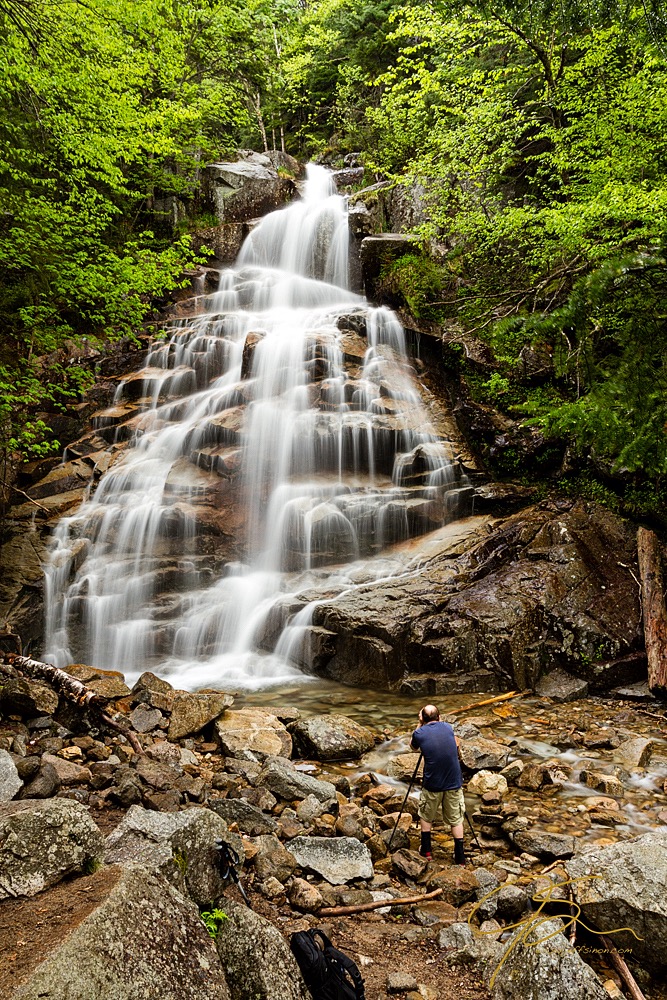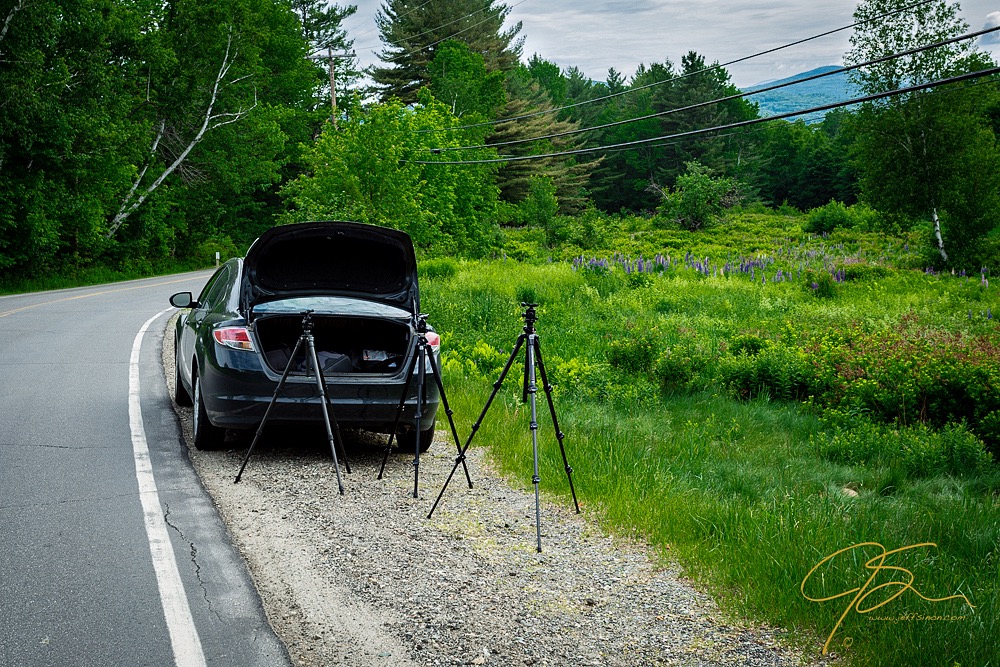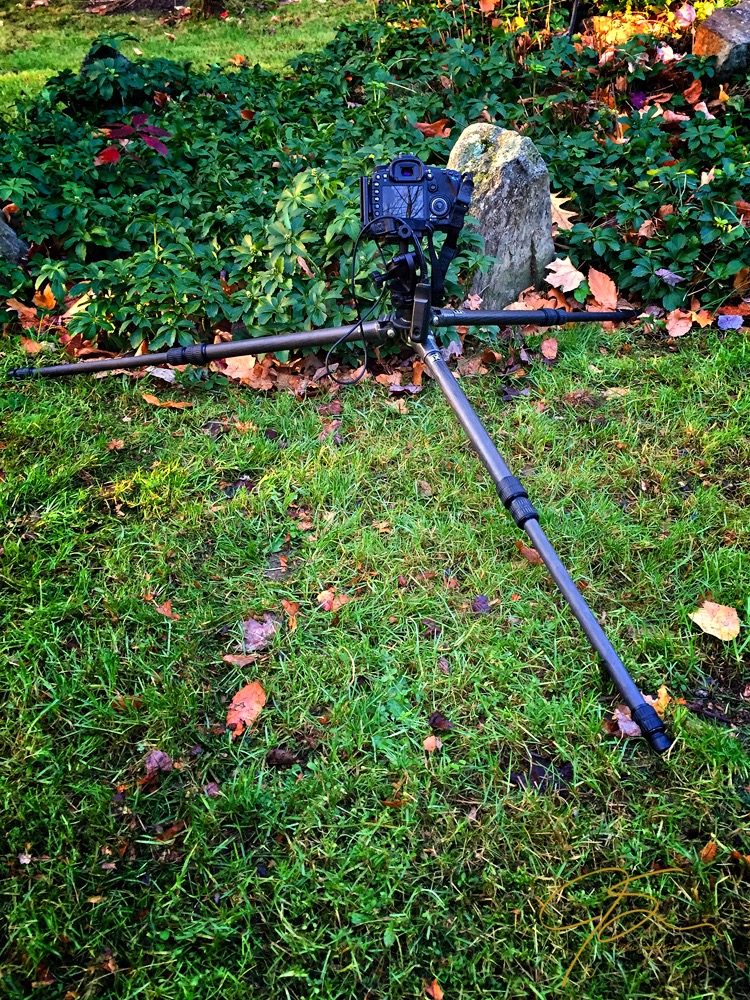
A good tripod is worth its weight in gold — and if you’ve researched tripod prices recently, you might just think that’s what they’re made of. A quality camera support system, consisting of a tripod and a ball head, can easily cost as much as a very good lens.
But to take sharp nature and landscape photos, your camera needs to be properly supported on a tripod. My personal opinion is that the tripod is more important than the camera itself.
Many people (myself included) are scared off by the high cost of a top-quality tripod at first. Yet many of these same people often end up spending more in the long run by purchasing one, two or more inexpensive, flimsy tripods instead of getting a high-quality tripod in the first place.
To make your shopping experience a bit easier, our tripod buying guide walks you through the main tripod characteristics you should consider. Ultimately, the qualities you choose in a tripod will depend on your preferences, photography style and budget.
Explore essential landscape photography techniques

Learn how to confidently choose your subject, compose breathtaking images and more.
Material
You generally have two choices when it comes to tripod material: carbon fiber and aluminum.
Carbon fiber is lighter weight and dampens vibration better. It’s also more expensive than aluminum, so be prepared for sticker shock.
Aluminum is strong, relatively lightweight, and often much less expensive than a comparable carbon fiber tripod.
If you take most of your photos within short walking distance of your car, you can save a considerable amount of money by choosing an aluminum tripod. Since you’re not carrying it very far, the additional weight is much less important.

However, if you’re like me and will be carrying your tripod miles into the backcountry, you’ll appreciate the weight savings of a carbon fiber tripod. Also, if you regularly photograph in frigid temperatures, carbon fiber doesn’t get cold and sap the heat out of your hands.

Height and adjustability
With the legs fully extended and the center column set to the lowest position, your tripod should be tall enough that you don’t have to hunch over to look through the viewfinder. In fact, I prefer a tripod with a removable center column because it lets you set your camera much lower to the ground.

When it comes to the number of leg sections, your options are usually three or four. All else being equal, a tripod with three-section legs will be more stable than a tripod with four-section legs when fully extended. The lowest part of a four-section leg tripod will be much thinner (and, therefore, less stable) than the lowest section on a three-section leg tripod. The tradeoff? A fully collapsed three-section tripod is longer, making the four-section tripod the more travel-friendly gear option.
Load capacity
Whatever tripod you’re considering should have a weight rating high enough to support your camera, the heaviest lens you own (or plan to own in the near future) and any other accessories, such as a flash. It’s better to err on the side of caution with a slightly higher weight rating and correspondingly heavier tripod. The point of a tripod, after all, is to securely stabilize your camera — and that’s not possible if your camera exceeds the recommended load capacity.
Leg locks
There are two styles of leg locks commonly used on tripods: the twist lock and the flip (or lever) lock. My personal preference is twist locks, but others swear by the flip lock. Try both and see what suits you better. If you use your tripod for wildlife photography, twists locks are almost silent and less likely to spook an animal, as opposed to the audible “snap” you might hear from lever locks.
In then end, I recommend buying the best tripod you can reasonably afford. I learned this lesson the hard way. My current support system — including a Gitzo carbon fiber tripod, Acratech ball head, and Really Right Stuff camera L plate will set you back around $900. I probably spent half that much first buying cheap, then better, then a little better still, before finally settling on my current setup.
You might also enjoy our post on why you should use a tripod.
Explore essential landscape photography techniques

Learn how to confidently choose your subject, compose breathtaking images and more.

Share tips, start a discussion or ask one of our experts or other students a question.
No Responses to “Get the Best Bang for Your Buck With Our Tripod Buying Guide”